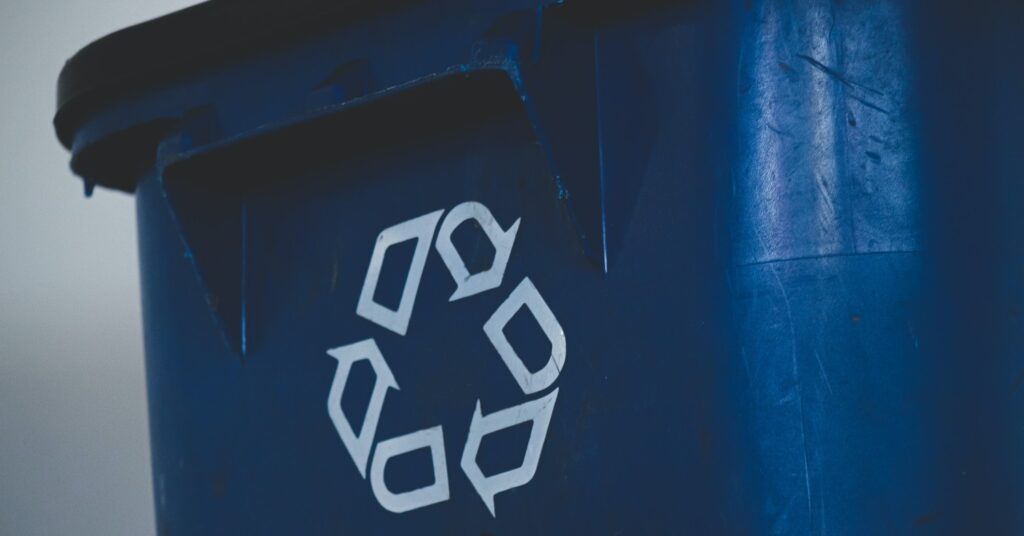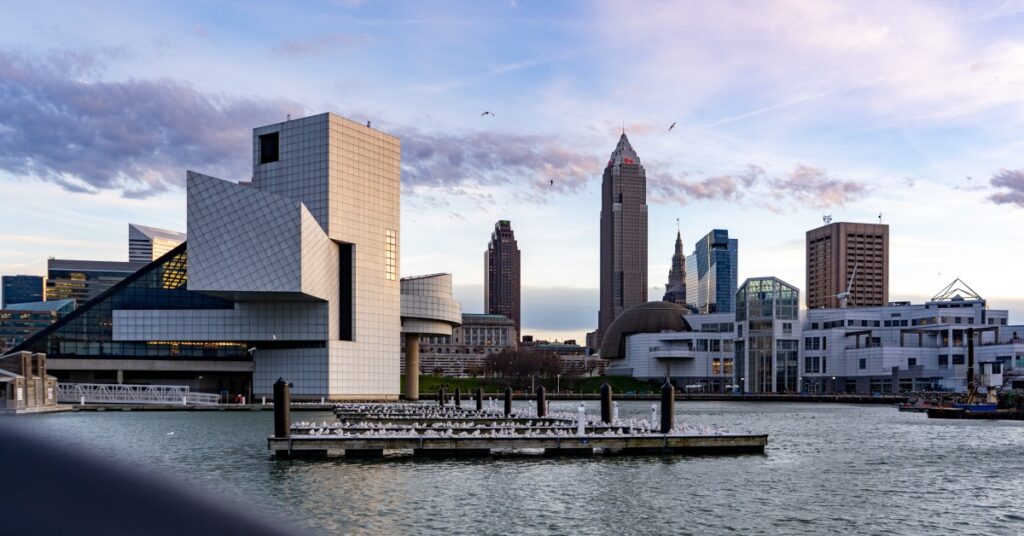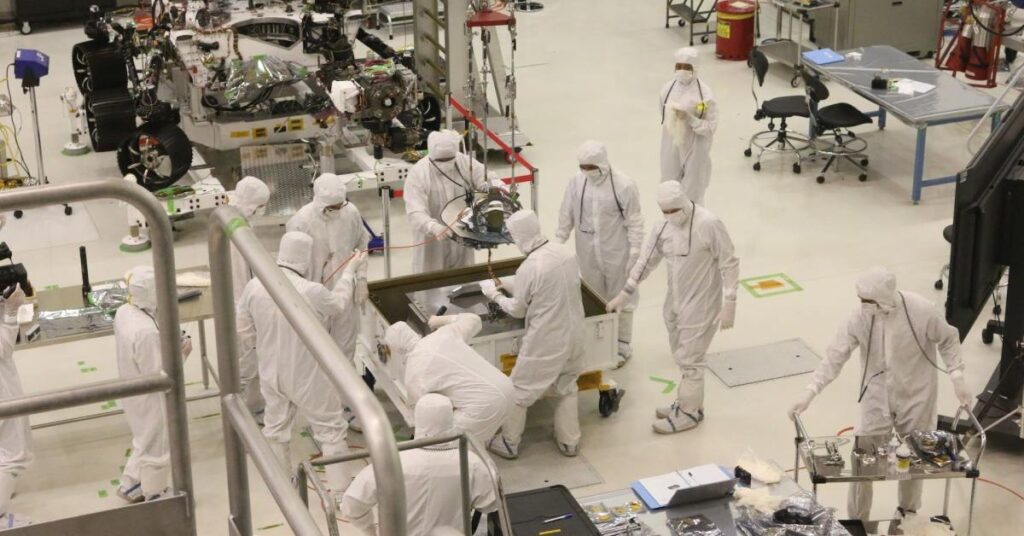
How to Choose an Online MBA
Online MBA programs make their degrees available to everyone everywhere, [...]

The global supply chain is suffering; the weight of a global pandemic and war is slowing it to a crawl. Bottlenecks in one tiny corner of the world can halt production and shipping for many, impacting customers on a global scale.
The prevalence of international trade doesn’t just make it hard for organizations to maintain output during times of disruption. It also harms the environment. Global shipping burns fossil fuels at an alarming rate, exacerbating climate change.
Even though new case studies about big businesses’ impact on the Earth appear with regularity, most companies still employ business models that ignore sustainability. The result: massive carbon emissions. Companies are incentivized to produce cheap goods that drain natural resources and fill landfills; used products get discarded without a second thought.
The tendrils of globalization are deeply rooted, making it difficult to eliminate reliance on global chains and disposable goods altogether. Even so, many organizations are looking for ways to become more self-sustaining.
Closed loop supply chains (CLSC) can save money and positively impact the planet. Closing the loop means reusing or repurposing products within an organization, reducing reliance on virgin materials. Beyond the environmental benefit, CLSCs make good economic sense: when businesses reuse materials, they spend less money.
Businesses are (too slowly) realizing environmentally conscious actions can help their bottom line. This article on sustainable supply chain practices: closed loop explores the benefits of closed loop systems. It covers:
Closed loop supply chains employ reverse logistics; products and materials get reused or remanufactured instead of dumped in landfills. They can involve customers returning products to suppliers or supply chain stakeholders sending materials to each other. In a forward-only supply chain (the typical method), consumers and producers discard materials at the end-of-life.
CLSC management has been studied and practiced for about 30 years, but forward logistics is just starting to take off. Consumers’ increased interest in mitigating environmental impact is driving this change, pressuring companies to ‘do the right thing.’ As an added bonus, organizations can save money by engaging in resource optimization.
Closed loop supply chain systems are often simple but impactful. A Pallet Consultants article says organizations typically waste between 20 and 30 percent of their possible shipping space by using nonoptimal packaging. Improving this key practice helps organizations save on fuel and materials.
A Chartered Institute of Purchasing and Supply (CIPS) article cites an effective initiative from the early 2000s involving Ford and Lucas Automotive, a parts manufacturer. Initially, Lucas Automotive shipped parts in single-use cardboard boxes. Eventually, the companies switched to PVC packaging. Even though PVC is less environmentally friendly than cardboard, the material stayed usable for decades. This is an excellent example of how closed loop practices needn’t occur on a grand scale. By sending a few boxes back and forth between themselves, the two companies saved ten years’ worth of cardboard.
Dell recently started making easily upgradable computer parts to reduce planned obsolescence. The new parts are also easier to recycle. Similarly, HP began selling refurbished laptops on its website. These policies are not only environmentally friendly but also reduce the demand for new computer microprocessing chips, which are in short supply.
Closed loop practices can also look like traditional recycling. For example, Coca-Cola Europe Partners works with three companies (in waste management, packing, and plastics) to repurpose its Smartwater liners. The company projects savings of over $30,000 while reducing carbon emissions by between 180 and 200 metric tons annually.
Ikea encouraged product returns by offering consumers a discount on new products (up to 50 percent off) if they brought in their worn-out furniture. The company took the returned products and either recycled or refurbished and resold them. The initiative started small, but the retailer has since expanded its operation. A sound product recovery system like this can reduce the time and resources an organization needs to spend during the procurement and production processes. Companies that effectively use recycled materials ultimately earn more.
Closed loop SCM has benefits across the supply chain. Increasingly environmentally-conscious consumers are more likely to support brands with shared values. This translates to a better public image and potentially higher profits (at least in the long-run). Closed loop practices are also helpful from a regulatory standpoint. Government agencies are establishing environmental policies, forcing organizations to change. Companies can avoid fees and penalties by revamping their infrastructure immediately.
The CIPS says closed loop practices have the added benefit of insulating organizations from many issues that befall traditional supply chains. For instance, if a war breaks out that prevents a company from obtaining raw materials (or drives the price up), having a closed loop chain may allow the organization to reduce its risk exposure. Of course, it depends on whether the company can close the loop on that part of the chain.
Closed loop SCM is still gaining traction. One study titled “A review of factors affecting closed-loop supply chain models” concluded closed practices still requireevaluation, even though many of the policies look viable. Practices will continue to improve as organizations and thought leaders continue to work with them.
Recycling is another area that needs to improve. According to a paper from the Columbia University Center for Sustainable Urban Development, the United States has a “broken” recycling system. Impure plastic materials are frequently miscategorized and contaminate recyclable materials. Though the paper outlines solutions, including many that other countries already implement, it indicates the recycling process can itself be wasteful.
If you want to pursue closed loop supply chain management as an SCM professional, earning a master’s in SCM can be useful. Though the degree is not necessary to launch your SCM career, many high-ranking SCM professionals (those who make the big-picture decisions to increase sustainability practices) hold graduate degrees.
Two of the most common SCM degrees are a Master of Science in Supply Chian Management, and a Master of Business Administration (MBA) with a supply chain management focus. The MS focuses more on the nitty-gritty of process and process analytics, while the MBA spends more time on management concerns like finance and strategy.
University of Tennessee offers both an MS and an executive MBA (EMBA) designed for current middle management professionals. Each program takes about two years to complete. EMBA graduates typically move on to upper-level management positions like chief operations officer and vice president of supply chain management. MS graduates usually continue working in their chosen SCM specialty, or pursue a new one.
Though course titles may differ, both programs require students to complete a capstone project to focus their education. During the capstone, students typically work closely with a professor(s) and other students to research and solve a problem in their particular area of interest.
Questions or feedback? Email editor@noodle.com

Online MBA programs make their degrees available to everyone everywhere, [...]

In 2004, Burton D. Morgan Foundation and other Cleveland organizations [...]

International marketers have to consider local language(s), local norms and [...]

Organizations must design facility layouts and workstations in a way [...]

Many aspiring entrepreneurs understand the basic idea that the firm [...]
Categorized as: Supply Chain Management, Business & Management